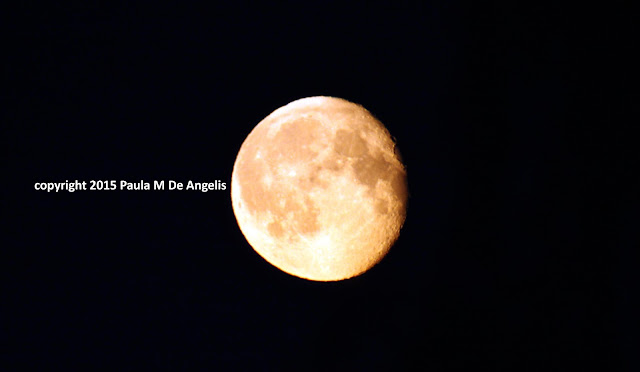Androcles and the Lion—George Bernard
Shaw
Mrs. Wiggs of the Cabbage Patch—Alice
Hegan Rice
A Christmas Carol—Charles Dickens
Edith Trevor’s Secret—Mrs.
Harriet Lewis
The King of Kings—Jeanie MacPherson
and Henry MacMahon
The Black Pirate—MacBurney Gates
The Whistling Waddy--Donald Bayne Hobart
Deerslayer—James Fenimore
Cooper
Riders of the Purple Sage—Zane Grey
(author of the next four titles)
Desert Gold
Thunder Mountain
The Mysterious Rider
Man of the Forest
The Crossing—Winston Churchill
Marjorie Daw—Thomas Bailey
Aldrich
The Black Hunter—James Oliver
Curwood
Kazan—James Oliver Curwood
Bob, Son of Battle—Alfred Ollivant
Dick Kent, Fur Trader—Milton Richards
Tarzan of the Apes—Edgar Rice
Burroughs (author of the next six titles)
Tarzan and the Jewels of Opar
Tarzan and the Golden Lion
Tarzan at the Earth’s Core
Tarzan and the Lost (World)
Empire
Tarzan the Untamed
Tarzan, Lord of the Jungle
Treasure Island—Robert Louis
Stevenson
The Wonderful War (The Saint)—Leslie Charteris
The Monk and the Hangman’s
Daughter—Ambrose Bierce
The Shadow Man—Edgar Wallace
(author of the next eleven titles)
Red Aces
The Colossus
The Terror Keep
The Devil Man
The Green Ribbon
The Mystery of the Frightened
Lady
The Fellowship of the Frog
India-Rubber Men
The Fourth Plague
The Black
The Ringer
The Flying Beast—Walter S.
Masterman
The Greek Coffin Mystery—Ellery
Queen (author of the next two titles)
The Egyptian Cross Mystery
The Dutch Shoe Mystery
The Kennel Murder Case—S.S.Van
Dine (author of the next three titles)
The Greene Murder Case
The Bishop Murder Case
The Scarab Murder Case
Laughing Death—Walter C. Brown
The Daughter of Fu Manchu—Sax Rohmer
















































